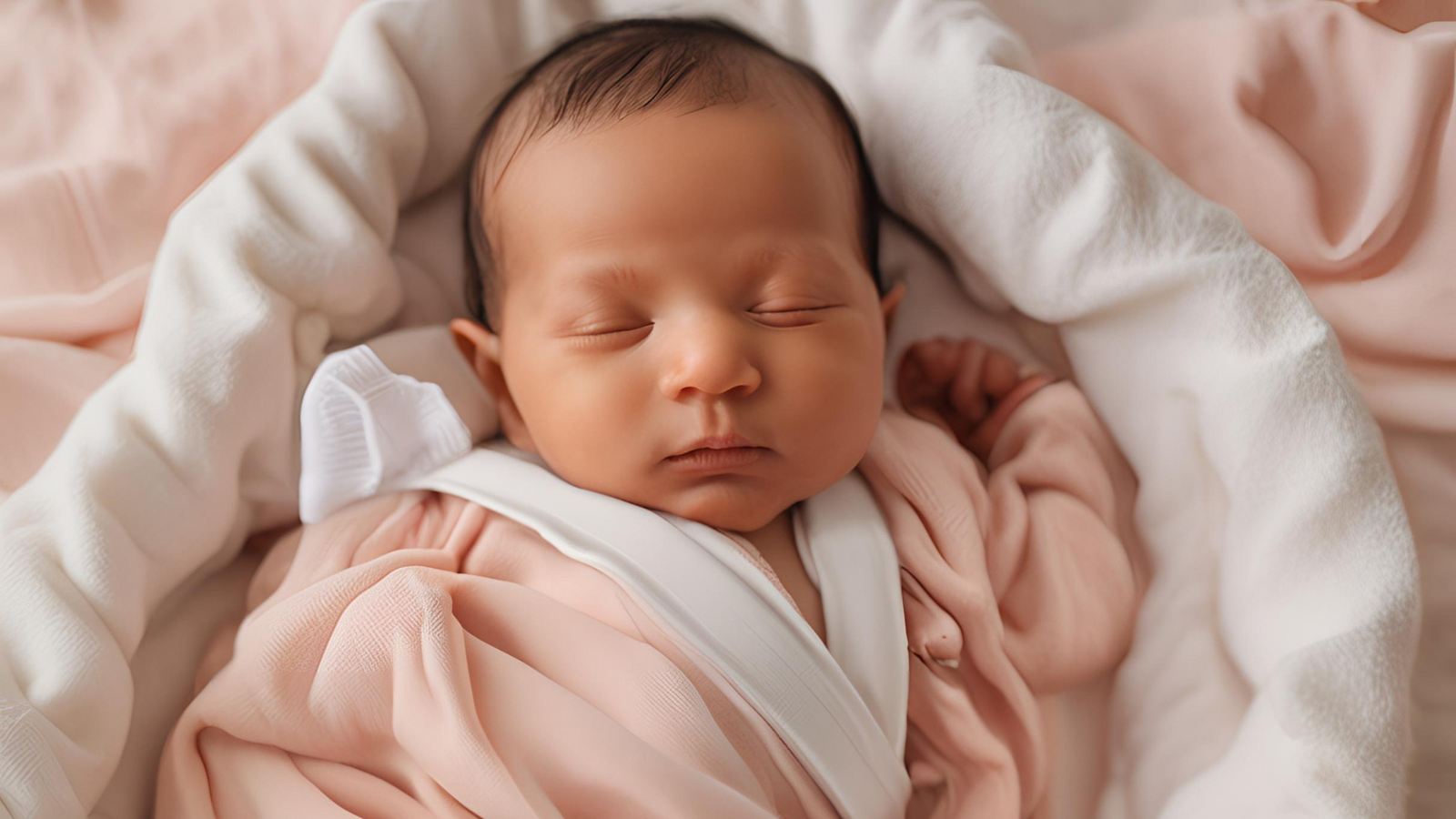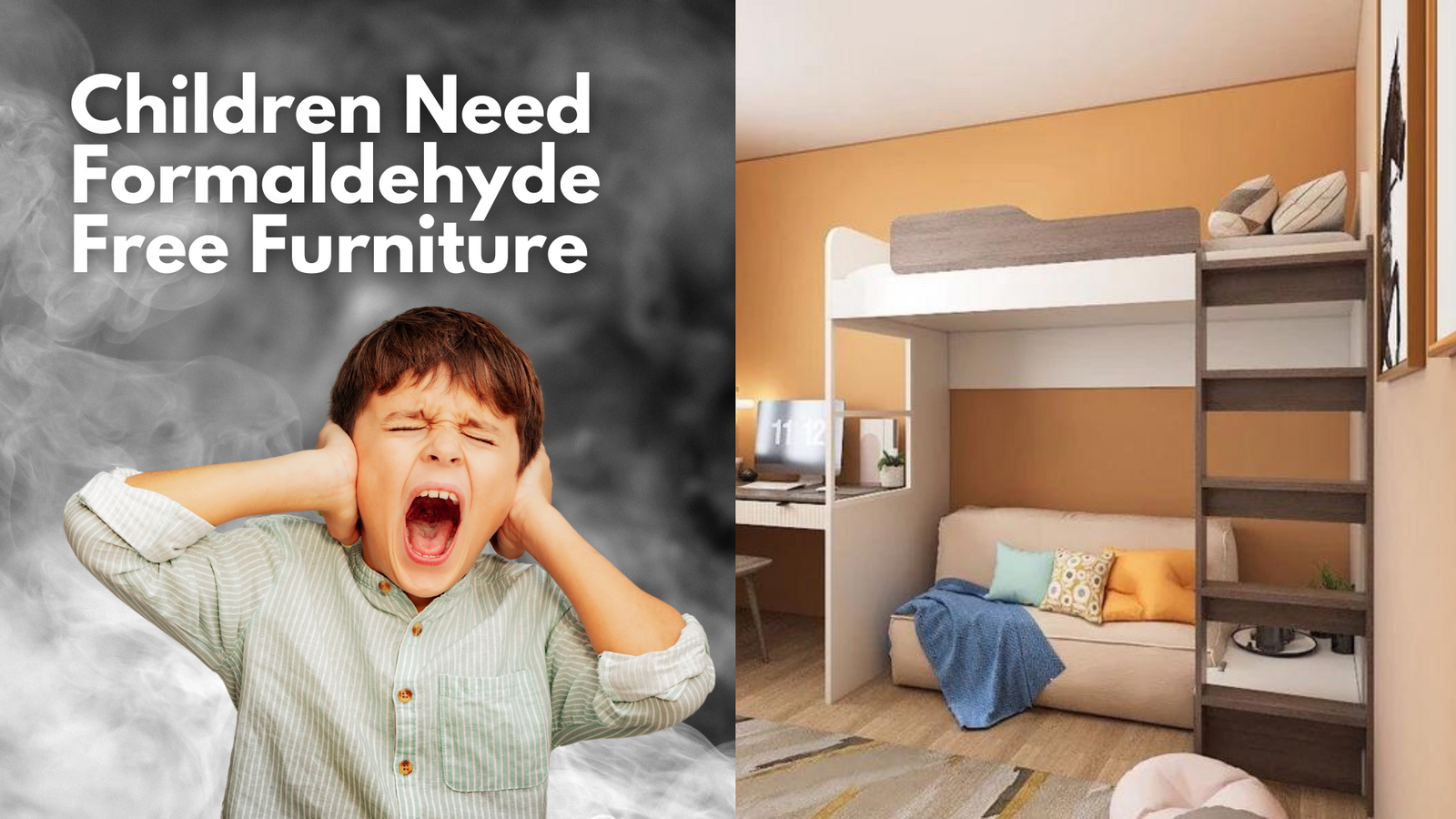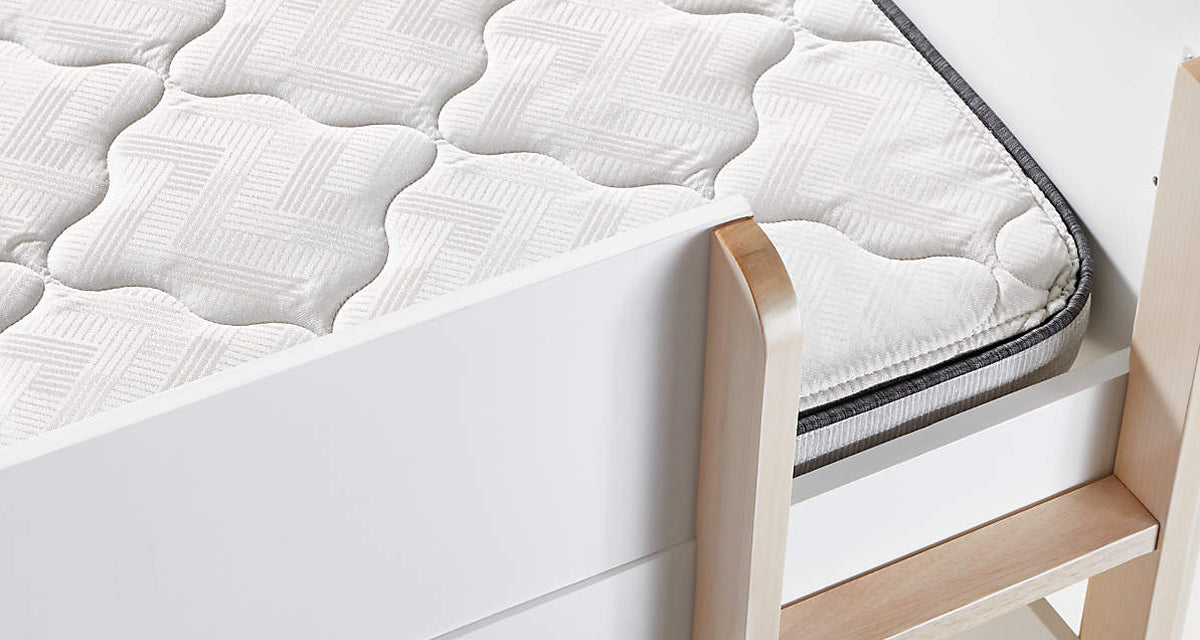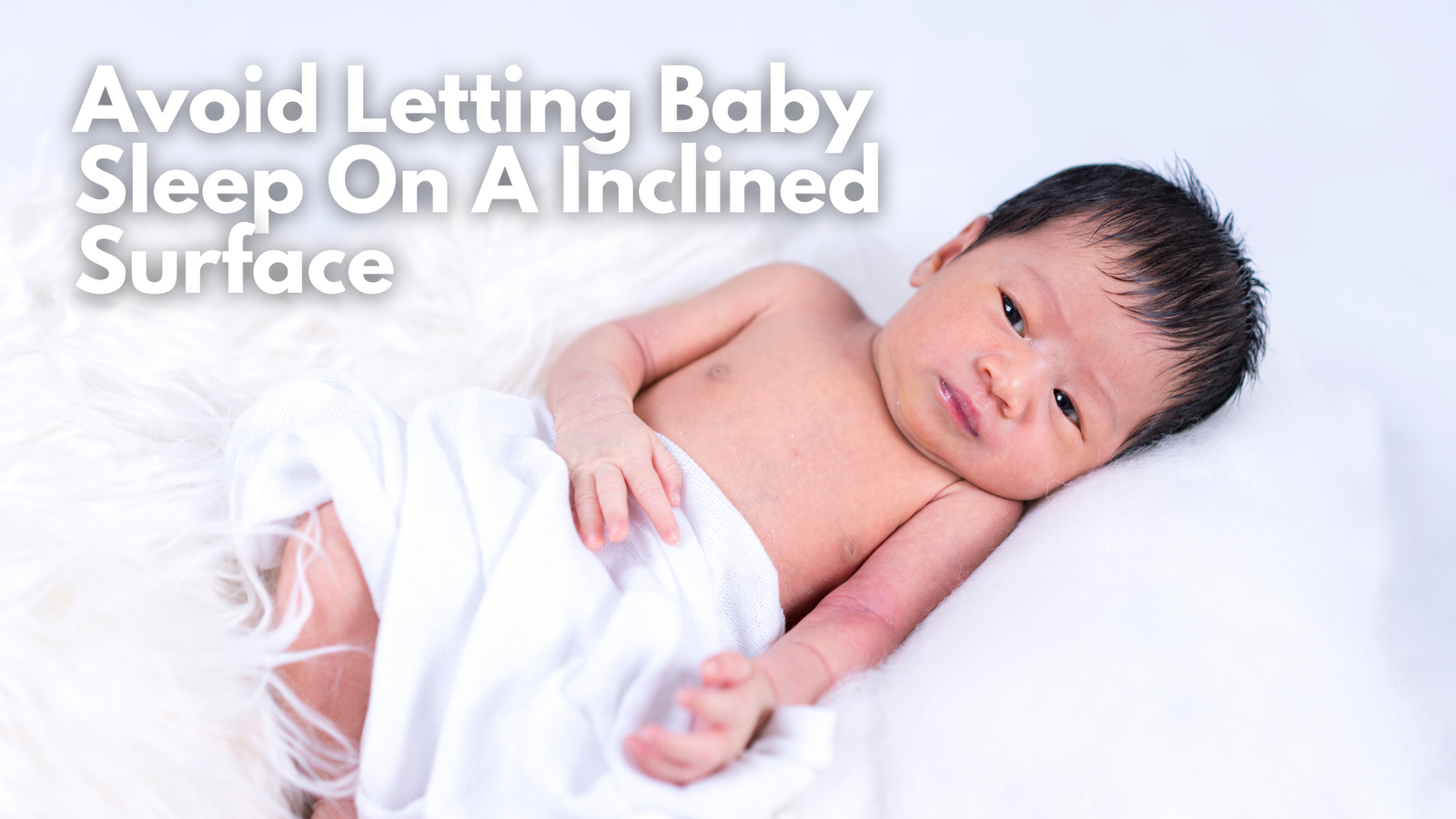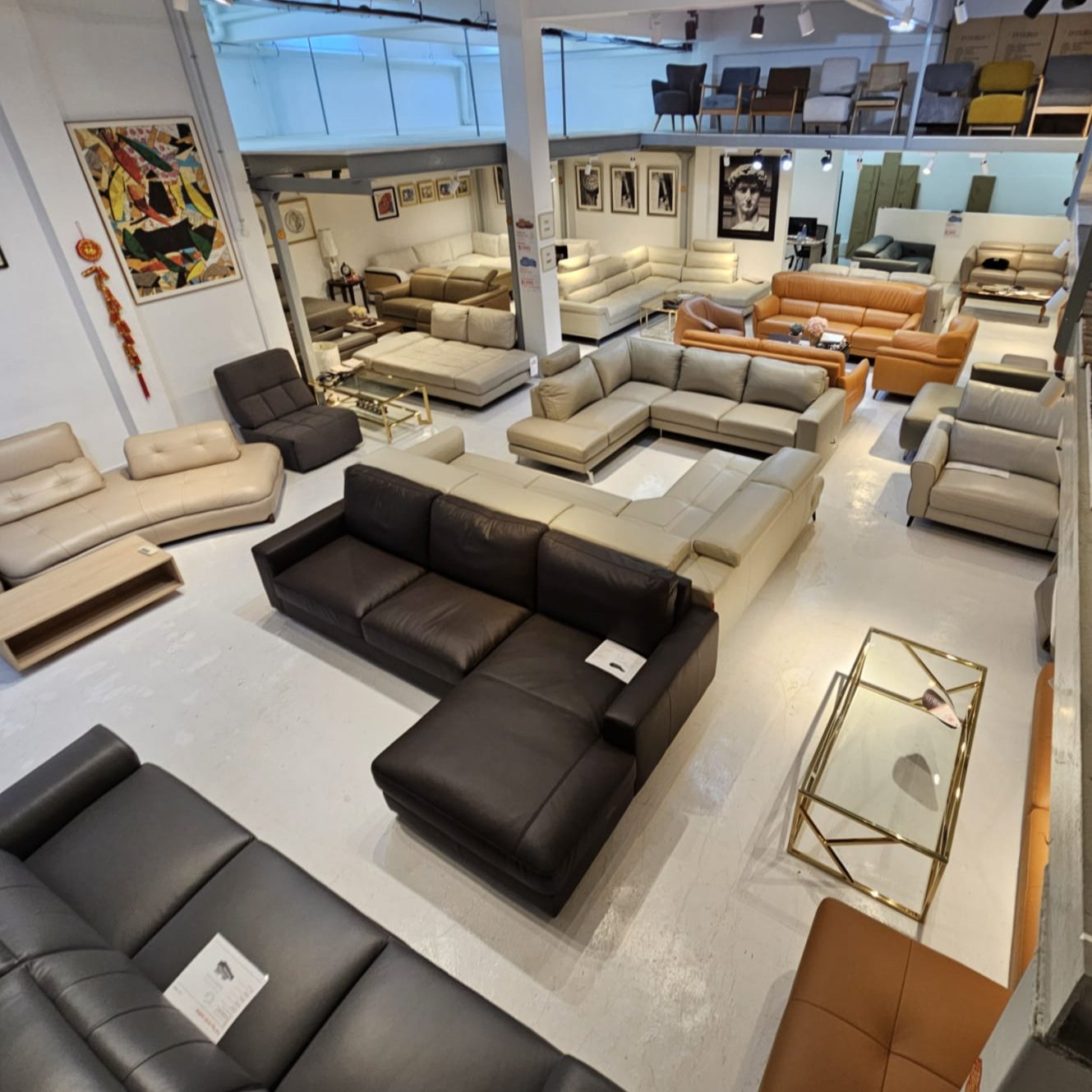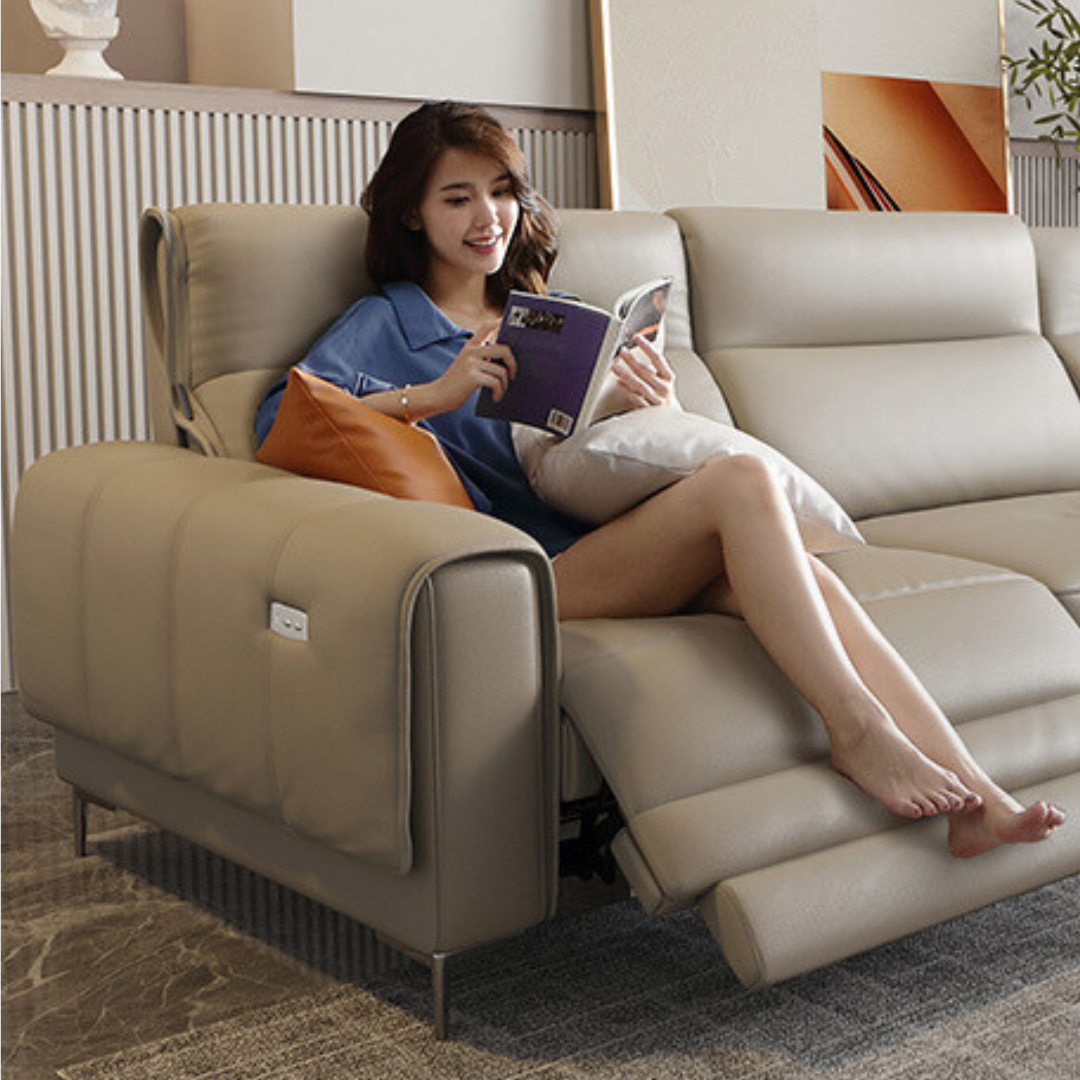Ensuring your baby's safety while they sleep is a top priority for new parents. Safe sleep practices can reduce the risk of Sudden Infant Death Syndrome (SIDS) and other sleep-related hazards. Here’s a comprehensive guide to help you create the safest possible sleep environment for your little one.
Dos For Baby Sleep Safety
-
Do Use a Firm Mattress
- Why: A firm mattress provides better support and reduces the risk of suffocation. Soft surfaces like soft mattresses, pillows, or loose bedding can increase the risk of SIDS. Baby can sleep in safety and parents can feel less anxious.
- How: Ensure the mattress fits snugly in the crib without any gaps.
-
Do Use A Baby Cot With A Firm Mattress Base
- Why: A firm mattress without a firm base cannot function well. A soft base causes the mattress to fold or creates a depression in the centre of the mattress and creates dangerous gaps between the sides of the cot and the mattress edge.
- How: Get a proper solid wood baby cot and never use a playpen as a sleeping device
-
Do Place Your Baby on Their Back
- Why: Babies should be placed on their backs to sleep more safely to reduce the risk of SIDS. This position allows for better airway management and reduces the risk of choking.
- How: Lay your baby on their back every time you put them down to sleep, even if they roll over by themselves.
-
Do Use a Baby Sleep Sack or Swaddle For Added Safety
- Why: Sleep sacks or swaddles can keep your baby warm without the risks associated with loose blankets.
- How: Choose a sleep sack that fits your baby well and is made from breathable materials. Ensure it’s not too tight around the chest or too loose around the neck.
-
Do Keep the Sleep Area Free of Toys and Pillows
- Why: Toys, pillows, and other items can pose suffocation hazards or increase the risk of entrapment.
- How: Only place your baby in their crib with a firm mattress and fitted sheet, and nothing else.
-
Do Share a Room, Not a Bed
- Why: Room-sharing (having the baby in the same room but in their own crib) can reduce the risk of SIDS. However, bed-sharing can increase the risk of suffocation, overheating, and accidental injury.
- How: Set up a crib or bassinet next to your bed to keep your baby close while ensuring their own safe sleep space.
-
Do Maintain a Comfortable Room Temperature
- Why: Overheating is a risk factor for SIDS. Keeping the room at a comfortable temperature helps prevent overheating.
- How: Dress your baby in appropriate layers and keep the room temperature between 68-72°F (20-22°C). Use a room thermometer to monitor the temperature.
-
Do Practice Good Sleep Hygiene
- Why: A consistent sleep routine helps regulate your baby’s sleep patterns and promotes better sleep quality.
- How: Establish a calming bedtime routine and put your baby to sleep at the same time each night.

Solid Hard Wood 6 in 1 Baby Cots With 3 Year Warranty BS EN 716 Complaint
Don’ts For Baby Sleep Safety
-
Don’t Use Soft Bedding or Pillows
- Why: Soft bedding and pillows can lead to suffocation or entrapment.
- How: Avoid using blankets, pillows, bumper pads, or stuffed animals in your baby's crib. Opt for a fitted sheet and a sleep sack instead.
-
Don't Use A Rocking Baby Cot
- Why: There is a clear danger of toppling. Especially in an environment with older children or large pets.
- How: Get a baby cot that cannot rock.
-
Don't Use A Baby Cot With A Sloping Base
- Why: A sloping surface can cause baby's head to tilt to one side and cause SIDS or suffocation.
- How: Buy a baby cot with flat base. use an easy to use foam wedge to help baby expel air and remove it once baby has slept or calmed down.
-
Don’t Place Your Baby on Their Stomach or Side
- Why: Placing a baby on their stomach or side increases the risk of SIDS. The back-sleeping position is safest.
- How: Always lay your baby on their back for all sleep times, including naps.
-
Don’t Overdress Your Baby
- Why: Overdressing can cause overheating, which is a risk factor for SIDS.
- How: Dress your baby in light, breathable layers and adjust their clothing according to the room temperature. Check if your baby feels too hot or too cold by feeling their neck or back.
-
Don’t Smoke Around Your Baby
- Why: Exposure to smoke is a major risk factor for SIDS. Secondhand smoke can affect your baby’s respiratory system and overall health.
- How: Avoid smoking in the home and ensure that anyone who comes into contact with your baby is smoke-free.
-
Don’t Use an Unsafe Sleep Surface
- Why: Surfaces like sofas, armchairs, or adult beds are not safe for infant sleep and can lead to suffocation or falls.
- How: Always place your baby in a crib or bassinet that meets current safety standards. Avoid co-sleeping on soft or uneven surfaces.
-
Don’t Overuse Car Seats, Bouncers, or Swings for Sleep
- Why: Babies can be at risk of airway obstruction if they fall asleep in a car seat, bouncer, or swing due to their positioning.
- How: While it’s fine for your baby to nap in these devices occasionally, always place your baby on their back in a crib or bassinet for regular sleep.
-
Don’t Ignore Safety Recalls
- Why: Products recalled due to safety issues can pose serious risks.
- How: Stay informed about product recalls and stop using any recalled items immediately. Regularly check for updates from the Consumer Product Safety Commission (CPSC).
Conclusion
Creating a safe sleep environment for your baby is crucial for their health and well-being. By following these dos and don’ts, you can significantly reduce the risk of sleep-related issues and provide your baby with a secure and restful sleep experience. Remember, your pediatrician is a valuable resource if you have any concerns or questions about your baby’s sleep safety.

